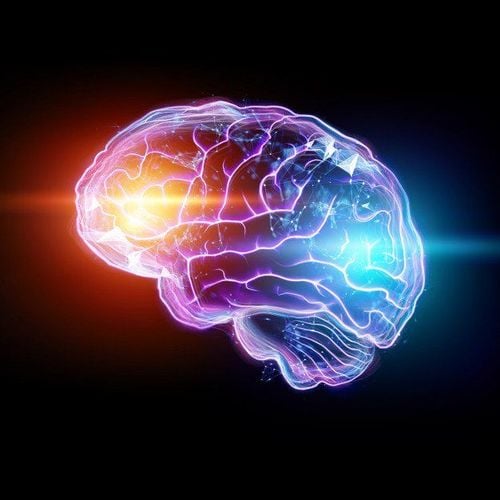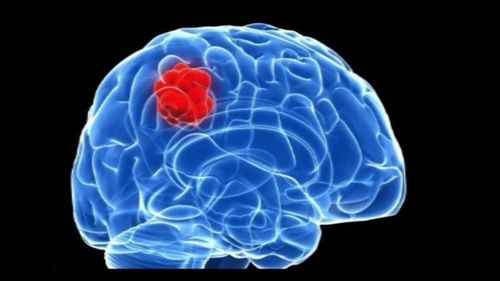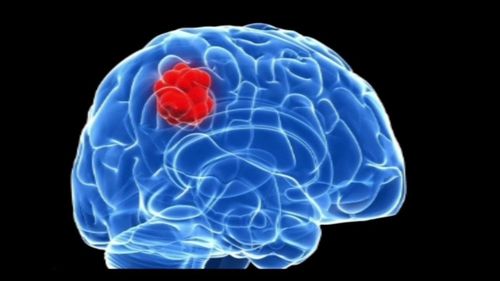This is an automatically translated article.
This article is expertly consulted by Master, Doctor Bui Ngoc Phuong Hoa - General Internal Medicine - Department of Medical Examination & Internal Medicine - Vinmec Danang International General Hospital.Brain tumors are divided into two types: benign brain tumors and malignant brain tumors. Brain tumors are the leading cause of cancer-related death in children under 14 years of age. Children in the developing stage with brain tumors, even with treatment, are still likely to have cognitive decline, affecting intellectual development.
1. What is a brain tumor?
There are many different types of brain tumours, of which the majority are intracerebral tumors, followed by meningioma, cranial nerve tumours, pituitary tumors and brain metastases... Blocks Tumors in brain tissue and intracranial tumors usually progress slowly because the brain has time to gradually adapt to the tumor to a certain extent by removing water from the brain tissue. Symptoms of brain tumors are also not prominent but insidious.In case the tumor is infiltrative, compressing the surrounding circulatory system, leading to cerebral edema, the symptoms will be more pronounced and severe. Some types of tumors have fluid cysts inside, the blood vessels proliferate, and they are prone to bleeding inside the tumor. This case is very dangerous, can be considered as an acute disease because the syndrome of increased intracranial pressure often increases suddenly, if not timely intervention will greatly affect the health and life of the patient. .
Inside the skull, there is a closed fluid space and is divided into many different compartments, compartments separated by walls such as: cerebellar tent, crescent of the brain. Each cavity will have different pressures when the tumor appears, brain tissue will be moved from one cavity to another to balance this pressure, which can have serious consequences.
2. Common types of brain tumors
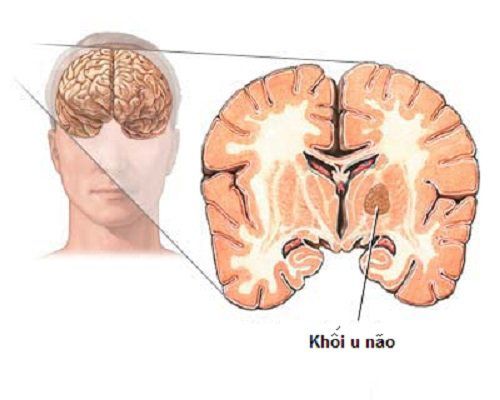
A tumor that does not contain cancerous cells but can still compress the cerebral circulatory system, affecting health Brain tumors can still be life-threatening Benign resectable brain tumor Low recurrence The boundary of benign brain tumor is quite clear, does not invade surrounding tissues or metastasize to other sites in the body Benign brain tumor can become malignant. Malignant brain tumor:
Is a tumor containing cancerous cells. Malignant brain tumor is a direct threat to the patient's life. The disease progresses rapidly, the tumor attacks the surrounding tissues. 2.2. Tumor stages The development of brain tumors is divided into two stages: early stage and late stage. Your doctor will determine the stage of a brain tumor based on the results of observing cells on a microscope.
2.3. Primary Brain Tumor A primary brain tumor is a brain tumor that begins in the brain's own cells. Primary brain tumors are named according to the location of the tumor or the type of cell. Among the most common primary brain tumors, gliomas are the most common. A glioma is a tumor formed from glial cells. There are many types of glioma:
Astrocytoma: A tumor that forms in astrocytes. In children, this type of tumor usually forms in the brain, cerebellum, brain stem. In adults, it usually forms from the brain Brainstem Glioma: A tumor that forms in the lowest part of the brain, common in young children and middle-aged people Meningiomas: A tumor that forms in the cells lining the brain ventricles or central canals of the spinal cord. Meningiomas are common in young children and young adults Oligodendroglioma: this type of tumor is common in middle-aged people, the incidence is also very low. A tumor formed from cells that make up the fat that surrounds and protects nerve fibers. This type of tumor is usually slow growing and does not spread to surrounding tissues. Some types of brain tumors do not originate from glial cells such as:
Meningiomas: form in the meninges, often grow slowly Schwann cell tumors: arise from Schwann cells. These are the cells that line the nerves that control balance and hearing in the body. This nerve is located in the ear, so Schwann cell tumors are also called auditory neuromas Craniopharyngeal tumors: common in young children. Tumor forming at the base of the brain, near the pituitary gland Germ cell tumor of the brain: forming in germ cells, usually occurs in people under 30 years of age Pineal gland tumor: is a fairly rare brain tumor, originating in the gland spare.
3. Why are brain tumors often detected late?
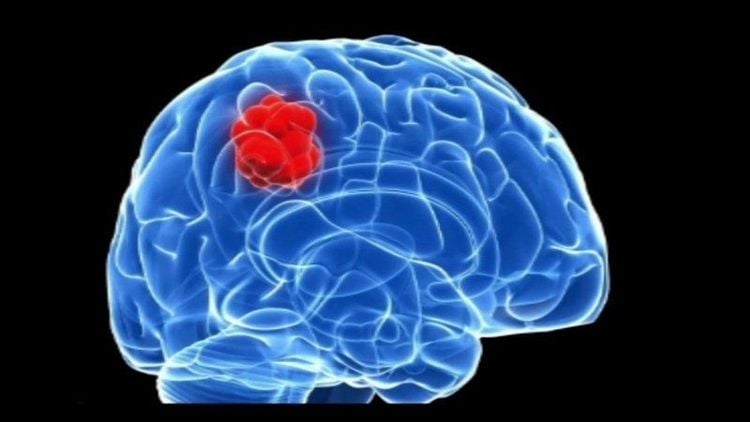
Common symptoms with signs of epilepsy, increased cranial pressure Symptoms related to the histology of the tumor Symptoms due to the location of the tumor cause. The common symptoms present in about 40% of brain tumors are increased intracranial pressure and seizures. In particular, epilepsy is the first sign suggesting brain tumor, but in our country currently, the symptoms of epilepsy have not been detected much. Ignoring the first signs of the disease makes brain tumors often detected late.
Increased pressure in the brain includes signs that a tumor is taking up space in the skull such as: diffuse headache, increasing severity of headache, vomiting when waking up, mental sluggishness , papilledema... These signs are also easy to be missed due to confusion with common diseases.
Benign tumors, especially meningiomas, often progress very slowly over many years, the tumor has many proliferating blood vessels. If detected late, the tumor can reach very large size.
When seeing some of the above warning signs of brain tumors or any other abnormal signs of the body, patients need to go to medical facilities for doctors to diagnose the disease as soon as possible. Vinmec International General Hospital is the leading effective treatment center for brain tumors in particular and neurological diseases in general.
With fully equipped with modern equipment, the most advanced machines today such as: G.E 3.0 CT scanner (MRI), CT SCAN Toshiba 640 slices, cerebral angiogram, MRA and CTA... Doctors at Vinmec can easily detect, diagnose, and plan treatment thanks to the clear and detailed images obtained. Not only brain tumors, but also effectively applied to other brain and spinal diseases such as: brain degeneration, traumatic brain injury, cerebrovascular disease, cerebral aneurysm... The patient was treated and Rehabilitation in modern wards, fully equipped with international standards, helping patients feel comfortable, maximum support for the treatment process. Master. Doctor Bui Ngoc Phuong Hoa has more than 24 years of experience in the field of neuropsychology. Doctor Hoa was formerly the Deputy Head of the Department of Neurology - Quang Ngai Provincial General Hospital and participated in many continuous training courses on Epilepsy, Cerebrovascular Accident, Alzheimer's, Movement Disorders, Geriatrics. Endocrine Pathology.
Please dial HOTLINE for more information or register for an appointment HERE. Download MyVinmec app to make appointments faster and to manage your bookings easily.







